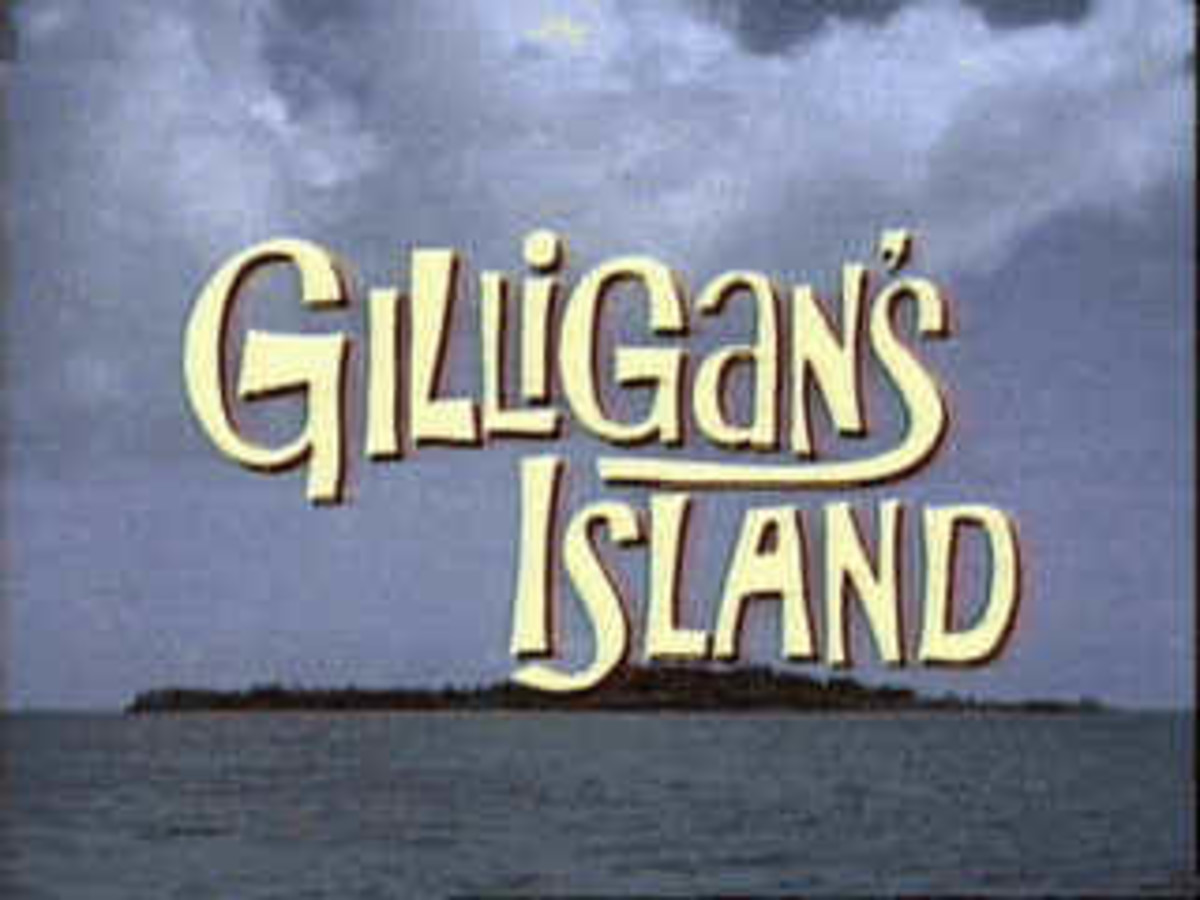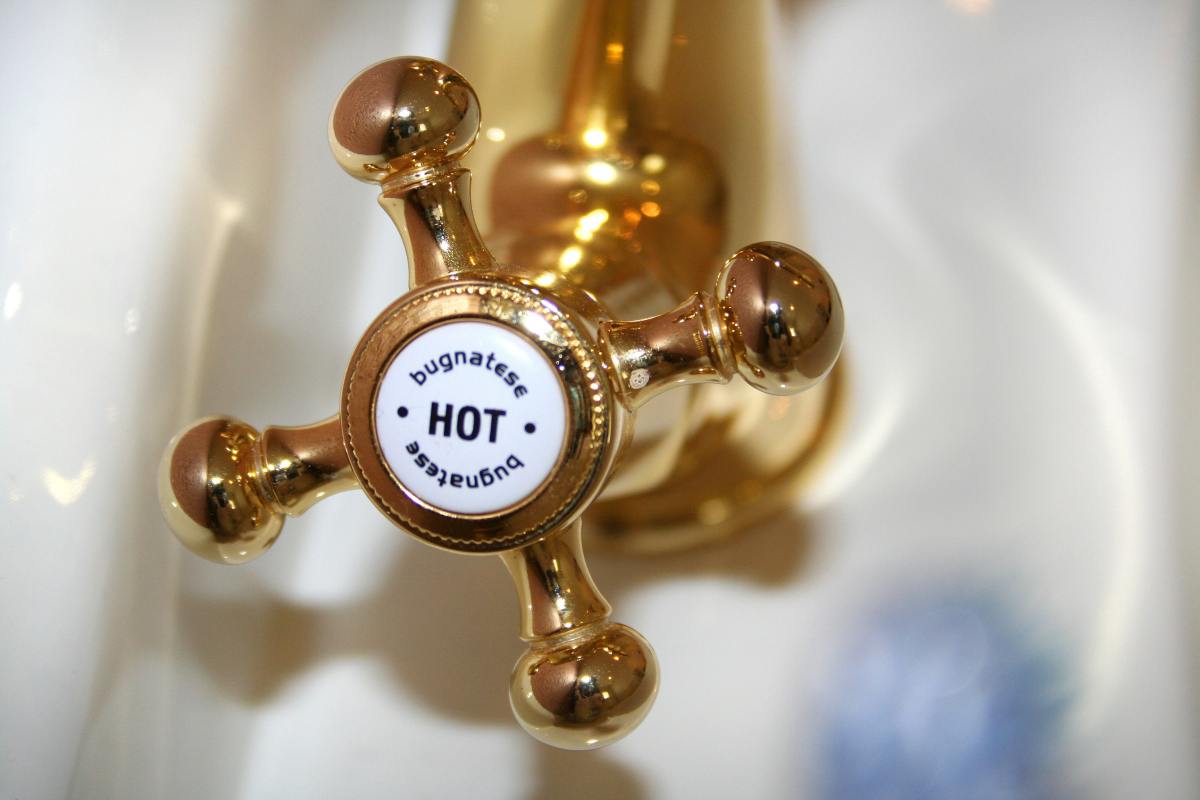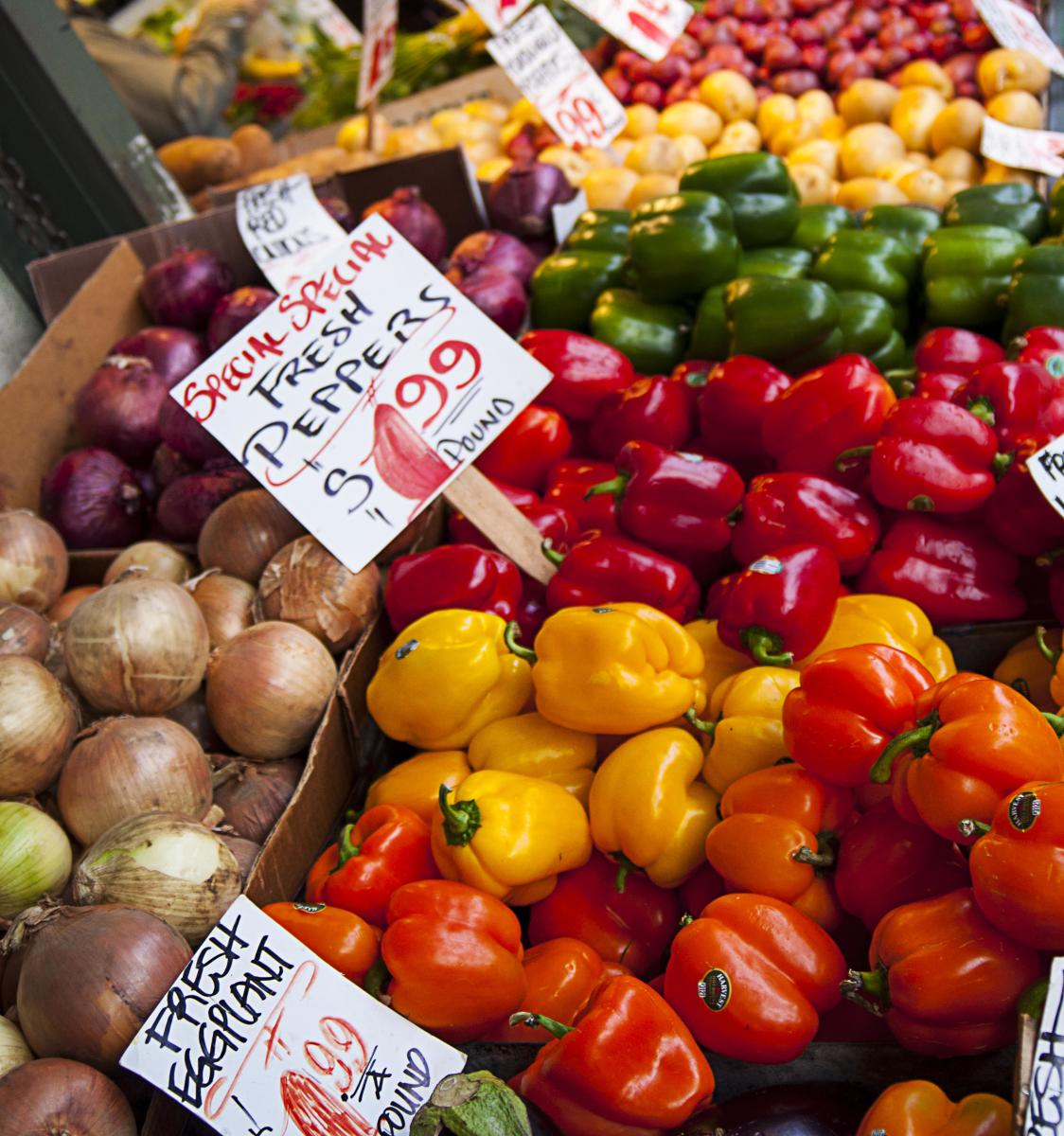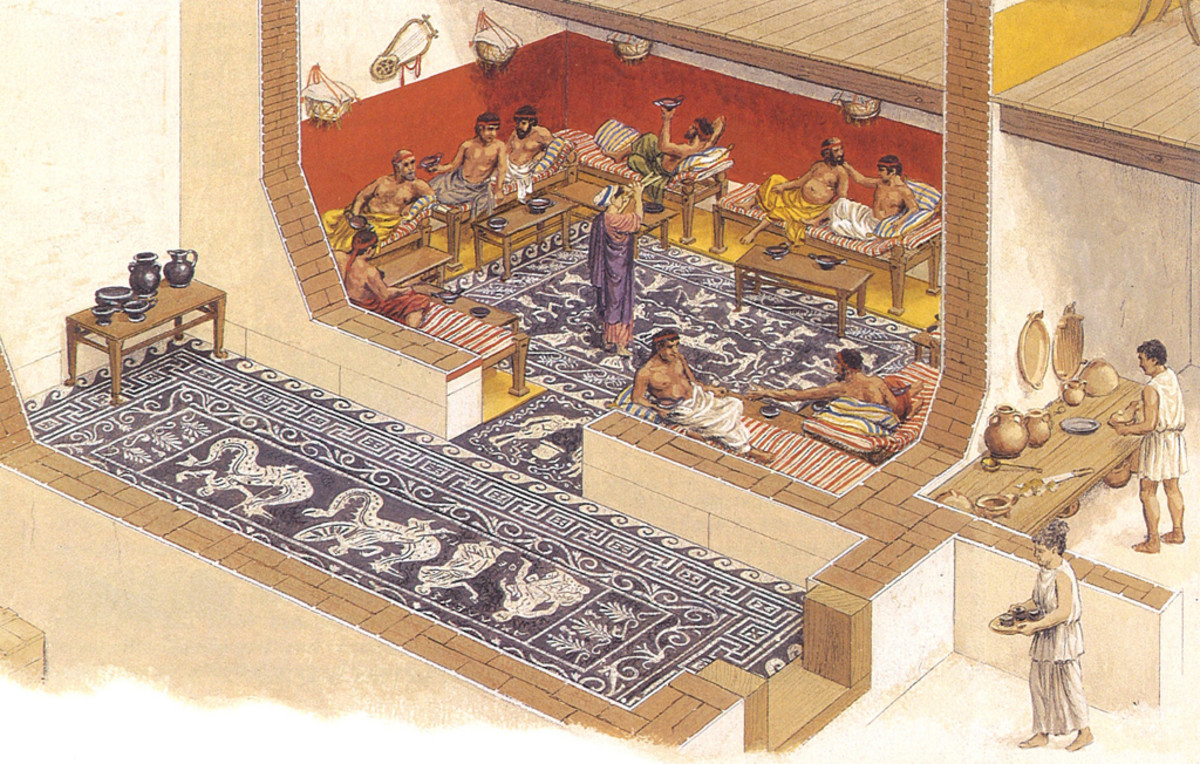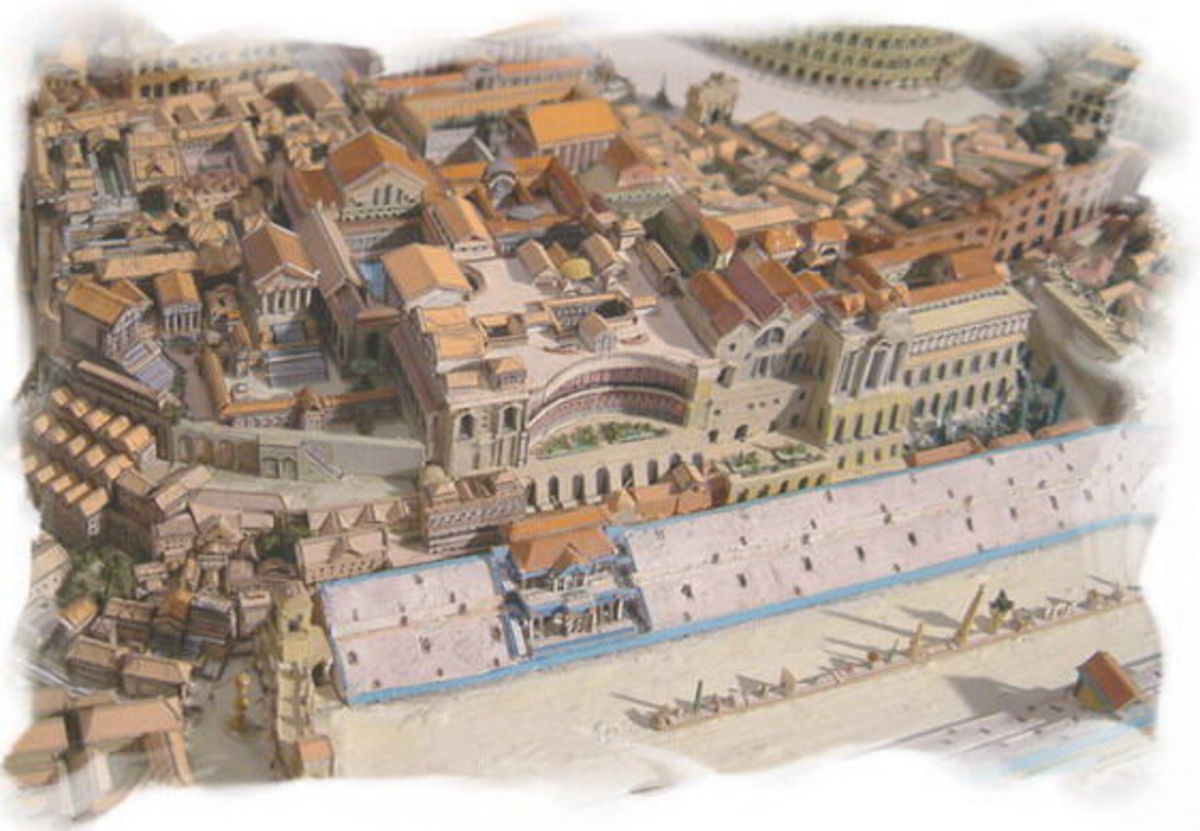Sustainability 8: Water

Many now consider water our most valuable global resource, beyond food or fuel or energy. The United Nations and many governments have considered there to be a continuing water crisis throughout many parts of the world. To become truly sustainable, we must come to grips with water issues, both at the global and the local scale.
The most pressing water issues are those of inadequate access to safe drinking water, inadequate access to sanitation water, overuse of water, pollution of water, and misallocation of available water.
There are, of course, many other related societal problems resulting from the lack or inappropriate use of water. These include prevalence of waterborne diseases, reduced agricultural yields, detriment to the planet’s biodiversity, erosion and siltation, limitation of economic opportunity, and conflict over water allocation. Climate change, deforestation, desertification and drought further exacerbate the effects of poor water management.
So, how can architects and designers address water issues in their striving for sustainability? The answers lie in our green mantra: Reduce • Reuse • Recycle • Buy Local • Affiliate:
Reduce: we can reduce our use of clean treated water by employing the latest generation of low-flow water fixtures and appliances: faucets, drinking fountains, shower heads, toilets, urinals, clothes washers, dishwashers, boilers, chillers, etc. We can also strive to use products, materials and assemblies that are created using minimal water.
Reuse: we can collect rainwater for use in irrigating our lawns, gardens and flowerbeds. We can reuse ‘gray water’ from clothes washing and showers for flushing toilets, washing vehicles or yard irrigation.
Recycle: we can create ‘rain gardens’ and preserve wetlands, swamps, bogs and other planted drainage ways that naturally filter and clean water, to reduce the strain on expensive municipal wastewater treatment processes. We can also reduce the waste and pollutants we typically send down a wastewater stream, facilitating its recycling back to clean water.
Buy Local: we can make use of local water sources, rather than buying bottled or shipped water.
Affiliate: we can affiliate with others — family, friends, business associates, vendors, clients, and customers — who employ similar smart water practices.


